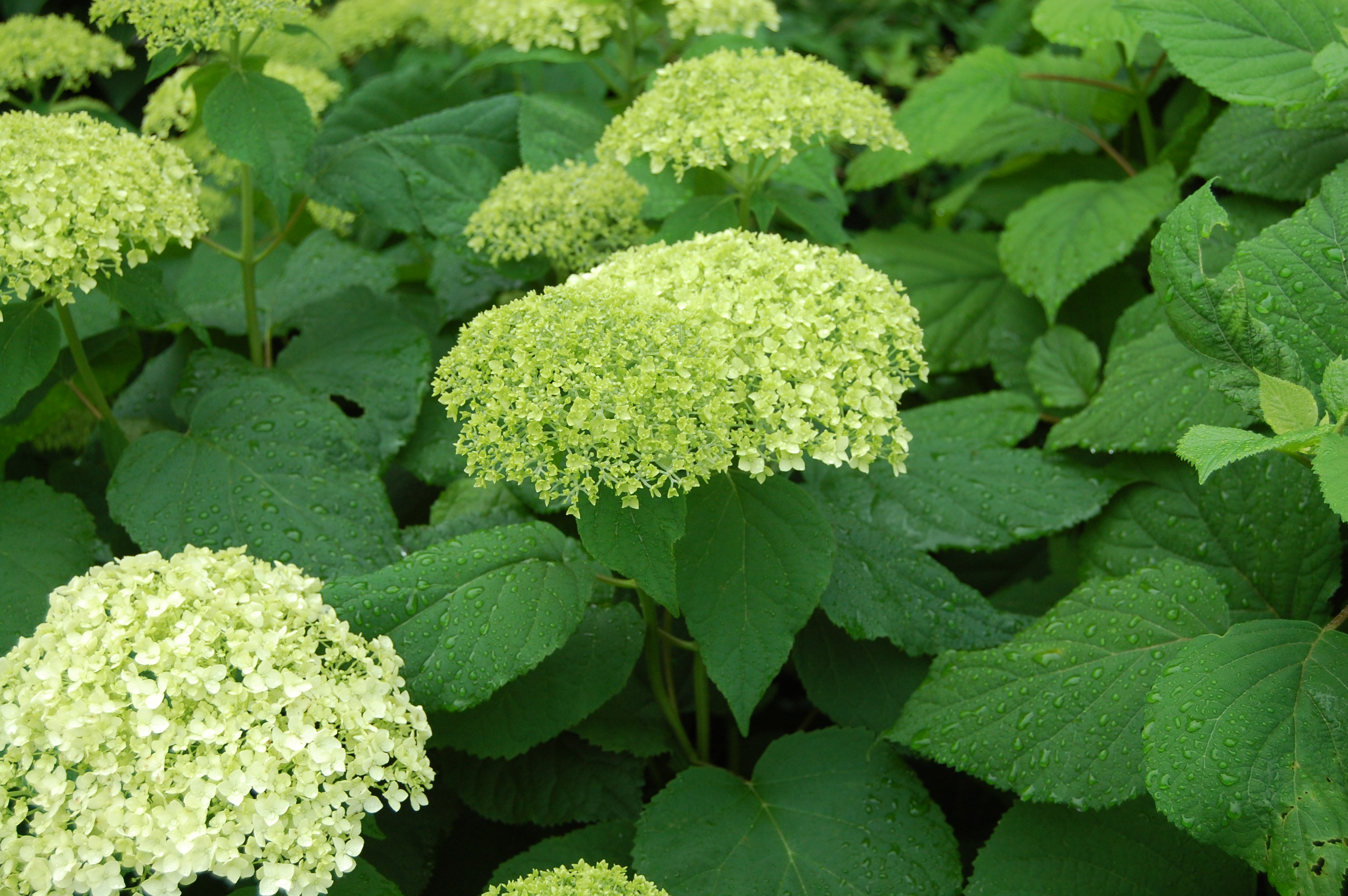Pruning Hydrangeas: A Simple Guide
It’s technically autumn now which means, I know, don’t say it, winter is closing in. We’ve had a few cold spells in the past few weeks and some places have even had frost warnings. Fall isn’t a time to mope about the upcoming snow, slush, ice, and blistering cold winds: it’s harvest time, bird-watching time, and of course, pruning time.
Not all of our garden plants benefit from a yearly trim but some most definitely do. Take the iris for example: without a good haircut, your iris could be harbouring borers and fungus that will sit and wait for their time to strike.
Now let’s talk about hydrangeas: a garden beauty and a bit confusing when it’s time to prune. Do you or don’t you, that is the question.
What Variety Are You Growing?
There are three main varieties: hydrangea macrophylla, hydrangea arborescens, and hydrangea paniculata. If you don’t know what type you have, check your variety with this excellent reference guide: http://www.hydrangeashydrangeas.com/identify.html.
As a general rule though, pink, purple, and blue flowers indicate hydrangea macrophylla; Annabelle, Bounty, and Incrediball are all classified under the arborescens family; Limelight and PeeGee varieties are found within the paniculata variety.
Hydrangea Macrophylla
- This variety can be left alone and not pruned at all, if you have no desire to get out pruning (although it is suggested that you prune old plants to allow space for new growth)
- If you choose to prune, do it before August or you will be left with no blooms next year: hydrangeas set their buds in the summer the year before they are to bloom
- Remove dead stems and prune for size when necessary
Hydrangea Arborescens
- These are your Annabelles
- Do not prune this type in the spring – this is a job best left for the fall
- Heavy pruning (within a few inches of the ground) will not harm the plant but will cause stems to remain thin (the end result is a hydrangea that needs staking to hold up the large flower head in the early summer
Hydrangea Paniculata
- The PeeGees and Limelight varieties
- Prune these in the spring, fall, or winter but I would suggest pruning every other year to allow for strong stems
- If pruning into a tree-form, prune out crossing branches and anything that you find unattractive
- Again, if looking to form a tree, do not remove the main stem or your tree will be stunted and will grow out rather than up
Final Notes
Knowing what type of hydrangea you have is essential for pruning as some set their buds long before they will flower and some regenerate no matter how drastically we prune them back.




